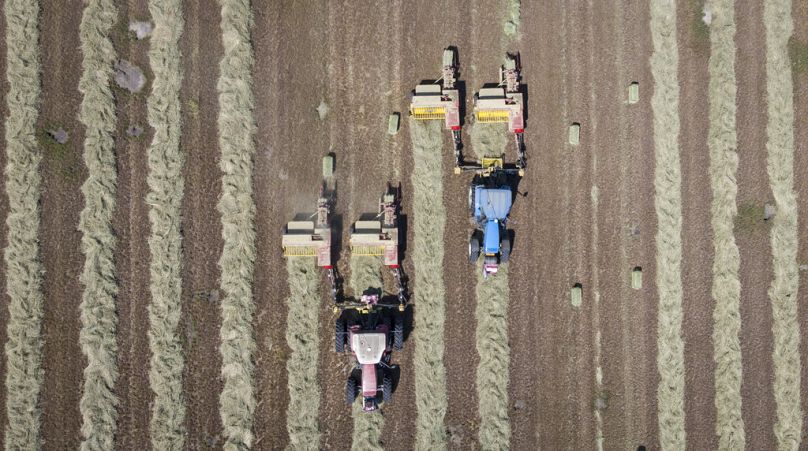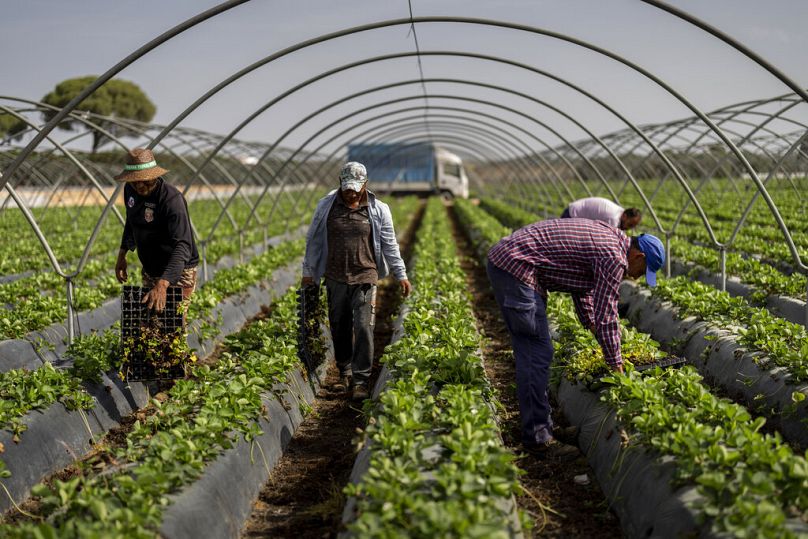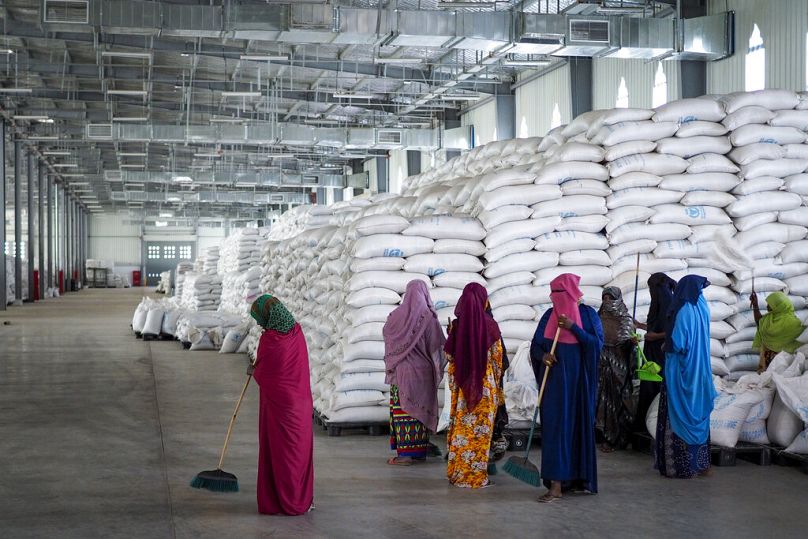Just like climate policy requires a focus across the entire value chain for emission reductions, the food industry must do the same, Johan Rockström writes.
Despite continued resource-depleting and polluting economic growth, a growing global population, and planetary boundaries being breached, there is still a chance of returning to the safe zone for a scientifically defined, stable, and resilient planet.
But the time to make the necessary changes is running out, with this decade marking our best opportunity. We need a turn-around in the narrative of the future, now.
The global food system must be at the forefront of this transformation, as, according to the UN Food and Agriculture Organisation (FAO), it accounts for over 34% of global greenhouse gas (GHG) emissions.
To accelerate change, both businesses and policy must align with science-based targets with an integrated approach that goes beyond climate.
Determining our boundaries
Science has identified nine planetary boundaries that society must operate within if humanity is to develop and thrive within adequate environmental conditions on Earth.
The global food system alone has exceeded six of these: GHG emissions; cropland use; freshwater use; biosphere integrity, overloading of nutrients such as nitrogen and phosphorus (predominantly from fertilisers), and novel entities of chemical compounds.
Feeding humanity within safe planetary boundaries is thus critical for our chances to solve the climate crisis and secure manageable conditions for human development.
A full planetary boundary approach is necessary to ensure that improving the impact on one boundary doesn’t have a negative impact on another, such as reducing climate change through circular economy practices at the expense of an increase in freshwater use due to the method of recycling.
Transforming food systems at speed
The challenge of reducing global GHG emissions to net zero by mid-century becomes harder with every year that passes.
If we are to stand any chance of holding the 1.5°C climate planetary boundary, we must hold the planet within the scientifically derived global carbon budget, which is very small, corresponding to no more than 6-8 years at the current rate of emissions.
An orderly reduction of emissions requires a 6-7% per year reduction on fossil-fuel-based CO2 emissions to stay within the remaining budget, while all other greenhouse gases (like methane and nitrous oxide) must reduce along the same path.
And still, this is far from enough. Carbon sinks in nature must be kept intact, which means we can no longer expand agriculture into natural forests, wetlands, peatlands and grasslands.
We must also transform the global food system from the single largest source of emissions to become a major sink of carbon.
Food industry is facing a momentous shift, too
The food sector not only plays a pivotal role in our common future. It faces a major challenge.
In the words of João Campari, global leader of WWF’s food practice, “We can phase out fossil fuels, but we can’t phase out food, so we have to transform food systems”.
The FAO states that one-third of all food produced worldwide is lost or wasted, accounting for 8% of global GHG emissions.
In stark contrast, the number of people globally affected by hunger rose to 828 million in 2021.
Initiatives such as Too Good To Go seek to address this on a grassroots level by actively saving food that would have otherwise been wasted by connecting businesses and consumers via an app.
Food packaging and processing can play a critical role in supporting the UN Food Systems Summit objectives by making nutritious food more readily available around the world whilst helping to reduce loss and waste and thus minimising the system's environmental impact.
The challenge for the industry is to deliver healthy and safe food with low waste while reducing the environmental impact of its raw material sourcing, shifting to renewable materials and energy sources, valorising by-products and maximising recycling.
However, for the food industry, the challenge is not only about food safety and waste but also health and sustainability.
Just like climate policy requires a focus across the entire value chain for emission reductions, the food industry must do the same.
Sourcing food from sustainable farming systems, and offering tasty and nutritional food in safe packaging as a standard across the industry, would make a big difference.
Progress through partnership
In order to make the systemic changes needed to remain within planetary boundaries there must be an active engagement between scientists, policymakers, and business leaders.
Governments need to overhaul their own climate response; meanwhile, businesses should be guided by outcome-based, science- and data-driven integrated policy frameworks that cut across silos.
They must also have the confidence to invest in innovation and wield their considerable power across their entire value chain.
Ultimately, returning to the safe operating space is no longer just a shift but a fundamental change that our food system requires to enable current and future generations to thrive on Earth – and it is only through international cooperation and a multilateral response that this will happen.
Johan Rockström is the Joint Director of the Potsdam Institute for Climate Impact Research (PIK), a Professor of Earth System Science at the University of Potsdam, and a Professor of Water Systems and Global Sustainability at Stockholm University.
At Euronews, we believe all views matter. Contact us at view@euronews.com to send pitches or submissions and be part of the conversation.















